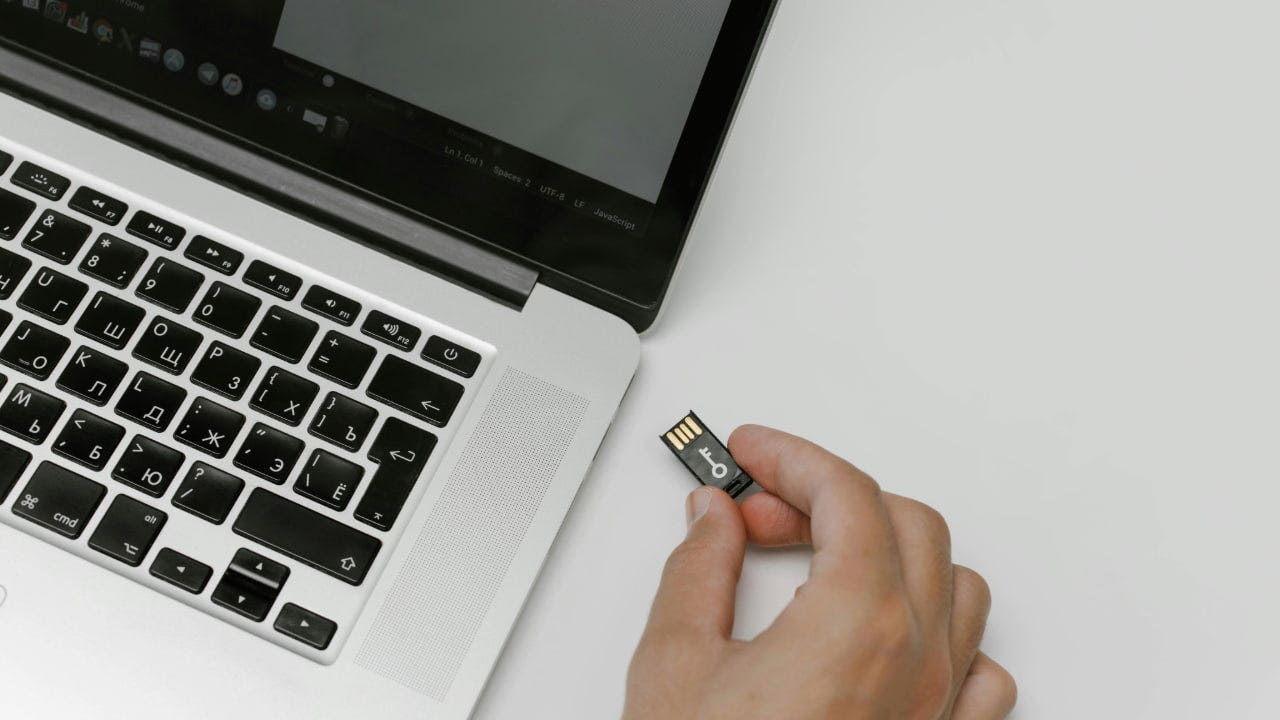Discover the world’s first hydrogen outboard engine-powered boat

Yamaha, Roush Industries, and Regulator Marine are teaming up to develop the world’s first hydrogen-combustion outboard engine for boats. This innovative technology aims to make boating more environmentally friendly and sustainable by replacing gasoline with clean hydrogen fuel. This initiative is part of Yamaha’s ambitious plan to achieve carbon neutrality by 2050, utilizing a mix of electric, alternative fuels, and now hydrogen technology.
The recent milestone in this project was the first hydrogen fill-up of a specially modified Regulator Marine 26XO boat. The boat, equipped with a tweaked version of Yamaha’s powerful 450hp XTO outboard engine, was fueled with gaseous hydrogen at a hydrogen fueling station. Matt Van Benschoten from Roush, who played a key role in the project, described this moment as significant. He was responsible for designing and integrating the hydrogen fuel system to ensure its safety and efficiency.
Yamaha made several modifications to their XTO 450 outboard engine to adapt it for hydrogen use. Changes were made to components like the cylinder heads, fuel lines, and injectors to accommodate hydrogen’s unique properties. The boat was also fitted with three high-pressure hydrogen tanks, each capable of holding fuel at 700 bar. The engineers had to come up with innovative mounting solutions to allow the tanks to expand during filling without causing issues.
Safety is a top priority in this project, with smart systems onboard to monitor hydrogen levels and ensure safe refueling. The boat features hydrogen detectors that alert the captain if hydrogen levels become too high, prompting the engine to shut down and vent the gas safely. Additionally, a specialized ventilation system ensures any leaked hydrogen escapes from the highest points on the boat.
Yamaha showcased the hydrogen outboard at the Miami Boat Show and the SEMA Show in Las Vegas to generate interest in hydrogen infrastructure within the automotive and marine industries. The team is now focused on refining the system, conducting safety tests, and determining the boat’s range on a tank of hydrogen. They are also working towards faster and more convenient refueling methods.
Although there are challenges, such as the space limitations of cylindrical hydrogen tanks and supply chain issues for high-pressure hydrogen systems, Yamaha remains determined to overcome these obstacles with the support of partners like Roush and Regulator Marine. With the recent acquisition of electric outboard maker Torqeedo, Yamaha is committed to exploring various clean marine propulsion technologies.
Yamaha’s president of the U.S. Marine Business Unit, Ben Speciale, expressed optimism about the future of hydrogen in the marine industry, emphasizing the importance of a multiple-technology approach to achieve cleaner products on the water. The hydrogen outboard project represents a significant step towards cleaner waters and greener boating adventures, potentially revolutionizing the marine industry.
In conclusion, the development of hydrogen-powered outboard engines by Yamaha, Roush Industries, and Regulator Marine signifies a promising future for sustainable boating. While there are challenges to overcome, the collaboration between these companies is driving progress towards a cleaner and more environmentally friendly marine industry. The integration of hydrogen technology could transform the way boats are powered, paving the way for a greener future on the water.




